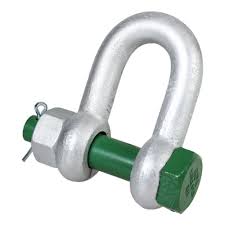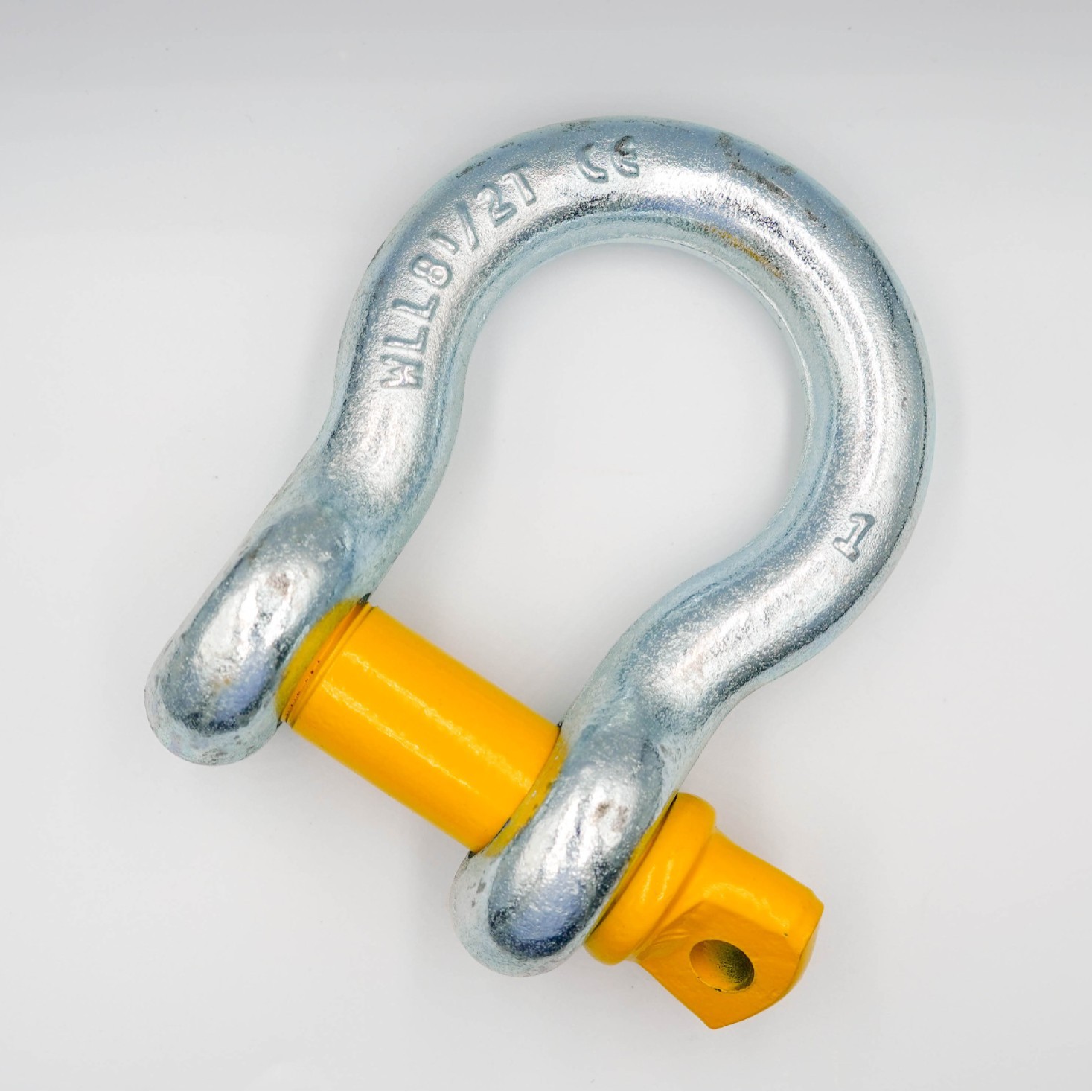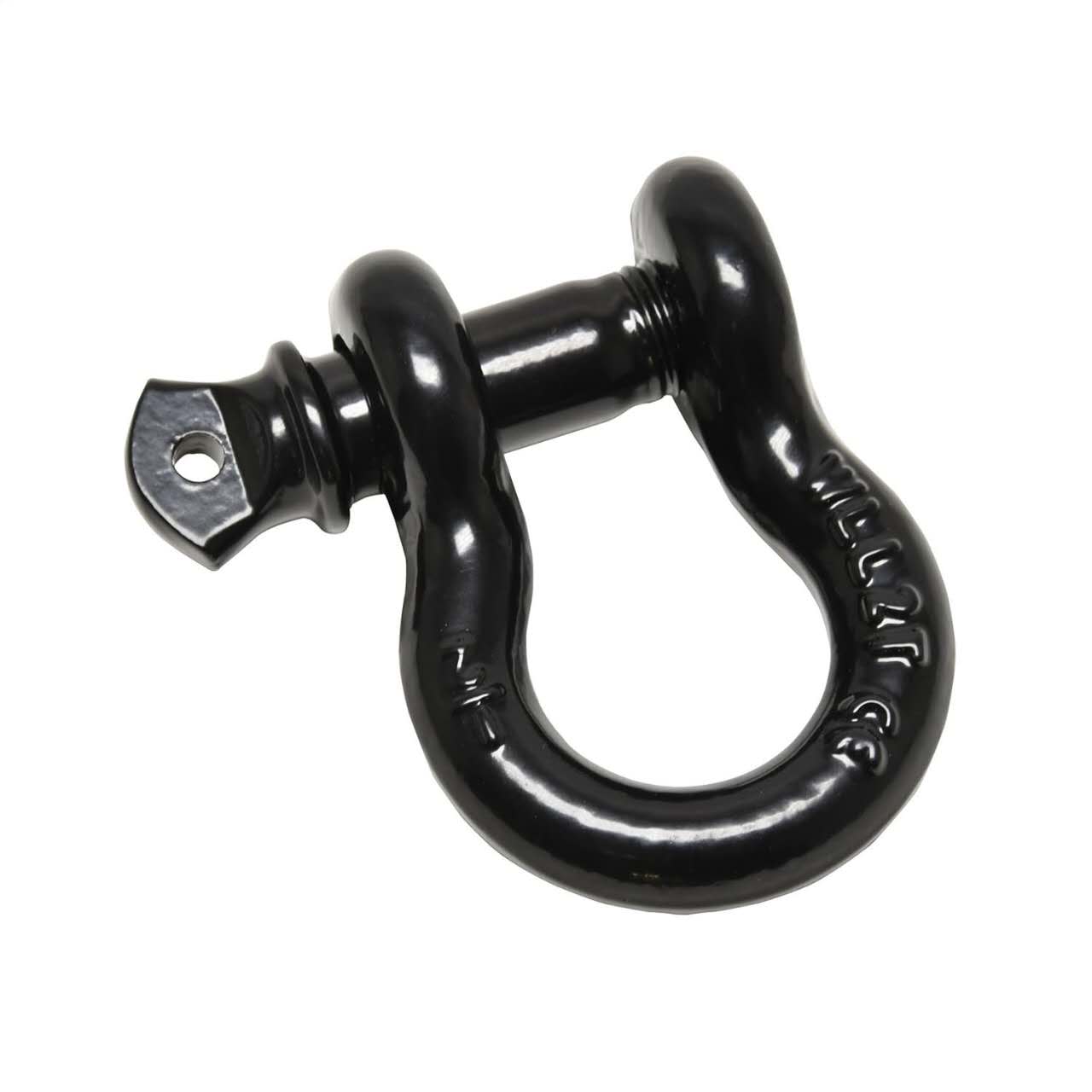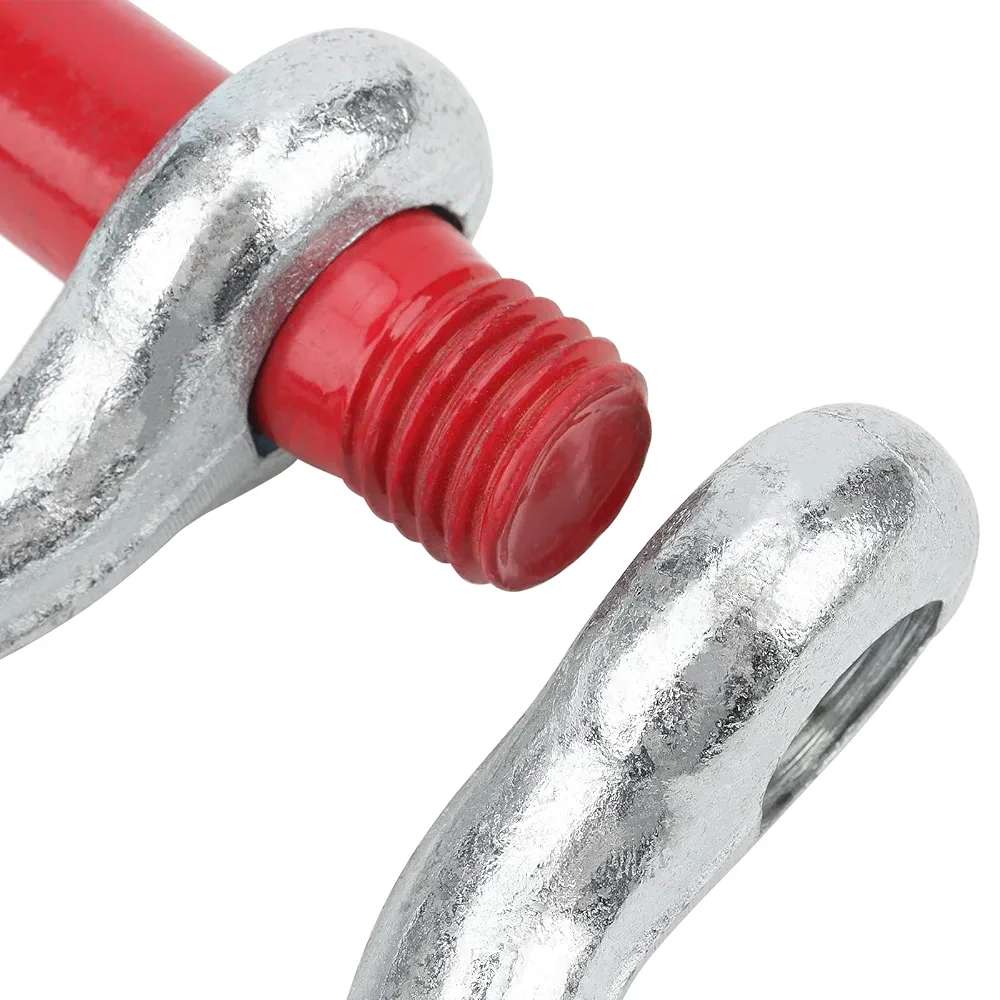Our staff will contact you within 12 hours, You can also contact us through the following ways:
Contact US WhatsApp: +86 18263873187
- Email: [email protected]
- Tel: +86 18263873187
- Web: www.lifting-chain.com
When crews connect a lifting chain, a wire rope sling, or a spreader beam, they reach for one small part that holds the whole system together: the shackle. So what is a shackle? It is a U-shaped connector with a removable pin that links rigging to loads and to lifting points. Because shackles come in several shapes and pin systems, you need a clear way to choose the right one and then use it correctly. This guide explains types, selection steps, inspection habits, and real-world do’s and don’ts so your connections stay simple, strong, and traceable.
A shackle forms a temporary, high-strength link between rigging and a load. The body (bow or D-shape) gives you space for slings or hardware, while the pin closes the loop and carries the shear. You read the Working Load Limit (WLL) on the body, you match the pin to the body, and you record the identification so inspectors can trace the item. You gain a connector that crews can fit quickly, remove cleanly, and reuse after inspection.
Bow (anchor) shackle. The rounded body gives generous interior room and tolerates multi-leg connections when you center the load on the pin. Crews choose it for bridle slings, spreaders with multiple fittings, and loads with shifting centers of gravity.
D (chain) shackle. The straight legs create a narrow profile that resists twisting and fits tight clevis points. Use it for single-leg connections and for hardware that lines up in one plane. You keep the load along the shackle’s axis and you avoid side-loading.


Screw pin. You insert and tighten the threaded pin by hand, then wrench-snug as the manufacturer recommends. Choose it for quick connects and short-term lifts where the pin will not rotate under vibration.
Bolt-type with nut and cotter. You pass a shouldered bolt through the ears, add a nut, then secure a cotter. Pick this system for long-term rigging, transport, or lifts with motion or vibration; the retainer keeps the pin seated.
Round pin with cotter. Some legacy fixtures still use a round pin and cotter. You keep it for compatible hardware and replace worn parts with like-for-like components from the same rated series.
1) Define the connection. Sketch the hitch, the direction of force, and the space you have at the lifting point. Bow styles like room; D styles like straight lines.
2) Match WLL. Choose a shackle whose marked WLL meets or exceeds the lifted load and the rig geometry. Always read the manufacturer’s table for the exact part number.
3) Check fit. Measure the lifting point, the hook throat, and the sling hardware. Confirm the pin passes freely and the body sits without binding.
4) Choose the pin type. Pick screw pin for fast cycles; pick bolt-type when vibration or travel enters the plan.
5) Match materials and finishes. Alloy steel handles most jobs; hot-dip galvanized finishes resist weather and salt spray; stainless versions resist brine and frequent wash-downs.
6) Confirm standards and markings. Look for grade, WLL, size, manufacturer ID, and trace code; follow the standard your site accepts (for example, ASME/EN listings for shackles and rigging hardware).
Seat the load on the pin or the centerline of the body as the configuration requires; do not point-load on an edge.
Keep the line of pull straight; avoid side loading by repositioning slings or changing to a bow shackle with adequate room.
Tighten screw pins fully and align the collar snugly against the ear; use bolt-type pins when vibration could work a screw pin loose.
Never mix pins and bodies from different manufacturers or series; the set works as one component.
Protect contact points from sharp edges with softeners or hardware that increases radius.
Back-hook unused legs to stop accidental snagging during travel.
Document the connection in the lift plan and photograph the tag if your site requires proof of configuration.


You keep shackles serviceable when you check them often and log what you find. Look for:
Bends or spread in the body or the ears.
Thread damage or corrosion on screw or bolt pins.
Wear lips where slings ride the bow; measure and compare to the maker’s limits.
Cracks or deep gouges anywhere on the body or pin.
Illegible markings that hide WLL or size.
Remove questionable hardware from service and tag it for review; do not return it to the crib until it passes inspection.
Body style | Typical pin | Best use | Key fit notes |
Bow (anchor) | Screw or bolt-type | Multi-leg slings, shifting CG | Needs space; accepts angled entries better |
D (chain) | Screw or bolt-type | Single-leg, inline loads | Narrow profile; keep pull in one plane |
Stainless bow | Screw or bolt-type | Brine, wash-down, clean zones | Rinse and dry; avoid dissimilar-metal couples |
HDG carbon bow | Bolt-type | Outdoor, ports, yard duty | Check fit after coating; confirm throat clearance |
CG = center of gravity; HDG = hot-dip galvanized.
Can I use one shackle for two slings? Yes, when you choose a bow style with enough room and you center both slings on the pin; verify WLL in that configuration.
Does a thicker coating increase capacity? No. Coatings protect surfaces; they do not change the marked WLL.
How do I choose size? Start with the WLL requirement, then check the pin diameter, the body opening, and the clearance at the lifting point.
When do I switch to a bolt-type pin? Choose it for long durations, vibration, or transport moves because the nut and cotter resist loosening.
Can I side-load a D shackle? Avoid it. If geometry forces angle, change the rigging so the line of pull stays straight, or switch to a bow shackle that accepts the layout.
Name the hitch and the line of pull.
Select bow or D body to match geometry.
Choose screw pin for short jobs, bolt-type for vibration or travel.
Verify WLL, size, and markings; record the trace code.
Test-fit hardware: pin passage, throat clearance, and sling seating.
Inspect before and after the lift; clean and store dry.
Choose the right shackle, verify the fit, and record the markings so every connection stays simple and strong—then contact TOPONE CHAIN for traceable shackles and rigging that match your next lift.